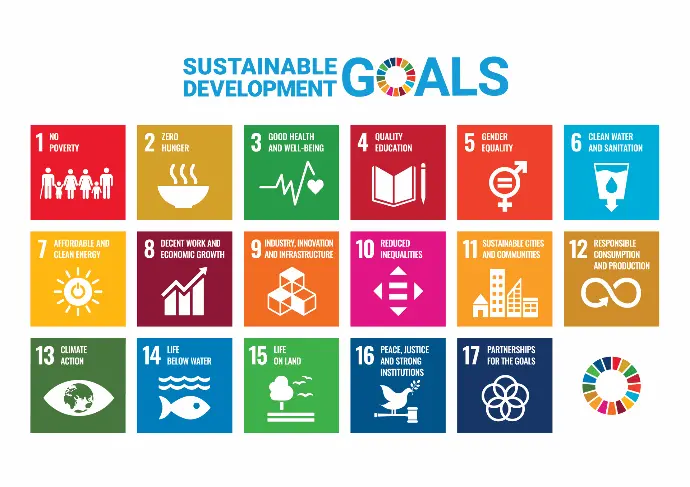Sustainable Development Goals

Global issues often seem overwhelming. What can any one individual, organization, or even a country do to combat the seemingly impossible challenges facing our world today. In the 1970's, the United Nation's developed a formula that laid out how global cooperation could address these challenges. Economic projections indicated funding levels for sustainable development at 0.7% of GNI would result in significant reductions poverty, improved health and education outcomes, promote economic stability, and protect the environment, ultimately fostering a more just and sustainable world for everyone.
This target has been reaffirmed multiple times, including in the context of the Sustainable Development Goals (SDGs). More than 50 years after countries agreed on the 0.7 percent target, only fifteen have ever met or exceeded it. In 2022, just 5 countries – Luxembourg, Norway, Germany, Sweden and Denmark – lived up to this promise. Oxfam estimates that this has resulted in $6.5 trillion in undelivered aid between 1970 and 2021.
Sustainable Schools operates on the premise that not this funding responsiblities is not limited to nation states. International schools can make significant impacts on the local communities by earmark 0.7% of their own operating budgets to sustainable development projects. Making this commitment is also important as way to model social responsibility to our students. Having students activitly engaged in proposing, planning and implementing sustainable development projects is important way of commuicate our collective responsibility.